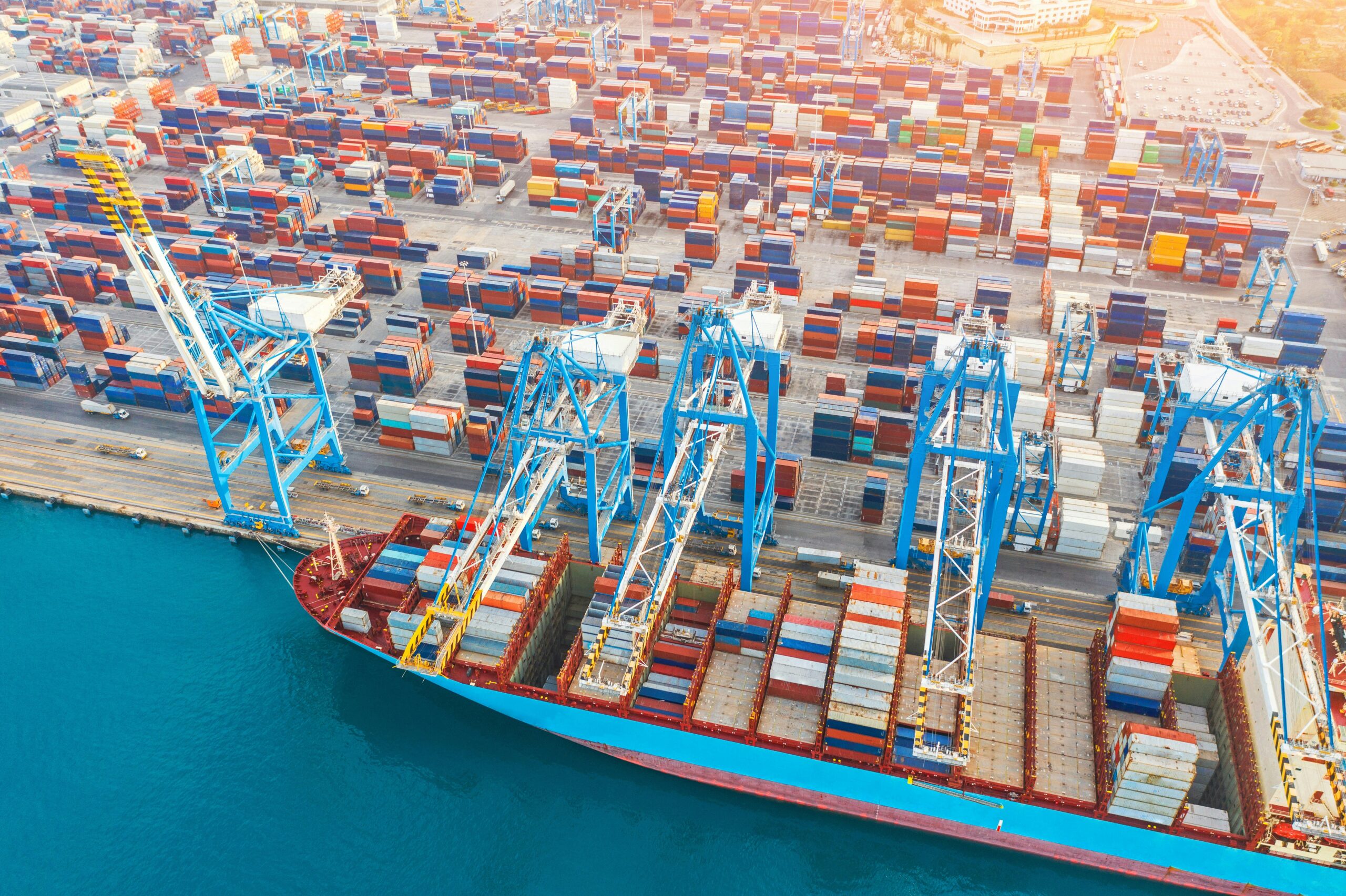
In today’s fast-paced and interconnected world, global supply chains face constant challenges. From rising consumer expectations to unpredictable disruptions such as pandemics and geopolitical conflicts, companies face immense pressure to remain agile and competitive. Innovation has become the key to navigating this complexity, and at its center lies strong leadership. It’s not just about having the latest technology or most efficient systems—actual progress begins with effective leaders who can guide their organizations through change, uncertainty, and opportunity.
The Crucial Role of Visionary Leadership
Strong leadership begins with a clear vision. In the context of global supply chains, this means understanding the current market landscape while anticipating future needs and disruptions. A strong leader doesn’t merely react to change—they prepare for it. They identify trends before they become apparent and encourage their teams to think creatively and act decisively. This proactive mindset is what drives innovation.
When a leader sets a strategic direction that emphasizes long-term improvement over short-term gain, it inspires teams to innovate. Whether it’s investing in digital transformation, exploring alternative sourcing strategies, or experimenting with new logistics models, leaders provide the confidence and support teams need to try new things. Without this guidance, innovation often stalls in fear of failure.
Creating a Culture of Innovation
A supply chain’s success depends not just on systems and processes but also on people. Strong leadership fosters a culture where innovation thrives. Leaders who empower their teams, encourage open communication, and reward risk-taking build an environment where new ideas are not only welcomed but actively pursued.
In many organizations, innovation is stifled by rigid hierarchies or resistance to change. Strong leaders break down these barriers by promoting cross-functional collaboration and removing fear from the equation. They understand that innovation requires experimentation, and with it comes occasional failure. By treating setbacks as learning opportunities rather than punishments, they cultivate resilience and continuous improvement.
Moreover, leaders who model curiosity and adaptability set the tone for the rest of the organization. Their openness to new technologies, data-driven decisions, and sustainable practices inspires teams to think outside the box and bring fresh ideas to the table. This cultural shift is crucial for any supply chain seeking to evolve and compete effectively globally.
Embracing Technology with Purpose
One of the most visible ways innovation enters supply chains is through the use of technology. From AI-driven demand forecasting to blockchain for traceability and automation in warehouses, technological advancements are transforming the way products move from origin to customer. However, without strong leadership, even the most powerful tools can fall short.
Effective leaders don’t chase technology for its own sake. Instead, they integrate it with purpose. They ensure that digital solutions align with broader business goals and address real-world challenges. Strong leaders also understand the importance of training and change management, helping their teams adapt to new systems and processes without disruption.
By thoughtfully deploying technology, leaders unlock efficiencies, reduce costs, and enhance transparency across the supply chain. This strategic use of innovation enables companies to respond more effectively to market demands, manage risks, and build a more resilient network.
Driving Collaboration Across Borders
Global supply chains rely on complex relationships across countries, cultures, and time zones. Strong leadership is critical for maintaining alignment and collaboration across such a broad network. Whether coordinating with overseas suppliers, third-party logistics providers, or internal stakeholders, effective leaders ensure everyone is working toward a common goal.
Innovation in supply chains often comes from shared ideas and mutual problem-solving. Leaders who value partnerships and communication encourage trust and cooperation among global teams. They are skilled negotiators, empathetic listeners, and cultural ambassadors who bridge gaps and foster inclusivity.
This kind of leadership not only strengthens relationships but also opens the door to co-innovation—developing new solutions together with partners. As a result, supply chains become more responsive, integrated, and innovative throughout their entire length.
Sustainability and Ethical Innovation
In recent years, consumers and investors alike have demanded greater transparency and responsibility from global supply chains. This shift has brought sustainability to the forefront of innovation efforts. Strong leaders are driving this change by prioritizing environmental and ethical practices in supply chain operations.
Whether reducing carbon footprints, sourcing materials responsibly, or ensuring fair labor practices, these leaders align innovation with purpose. They view sustainability not as a regulatory burden but as a competitive advantage. Their decisions not only meet compliance standards but also enhance brand reputation and long-term profitability.
By embedding these values into the innovation process, leaders create supply chains that are not only efficient and adaptive but also responsible and future-ready.
Resilience Through Leadership
The global disruptions of the past few years have revealed the fragility of many supply chains. From COVID-19 to geopolitical tensions and climate-related events, businesses have had to rethink how they manage risk. Strong leadership has been the decisive factor in whether companies adapt or fall behind.
Leaders who emphasize innovation in their risk management strategies are building more resilient supply chains. They invest in diversified sourcing, digital visibility tools, and agile response mechanisms. More importantly, they lead with calm and clarity during crises, helping their organizations navigate uncertainty with confidence.
Their resilience sets the tone for the entire supply chain, ensuring that innovation continues even in the face of disruption.
Leadership is the Engine of Innovation
Global supply chains are more complex than ever, but with complexity comes opportunity. Innovation is the pathway to staying competitive, responsive, and sustainable in this evolving environment. Strong leadership is what makes that innovation possible.
From setting a bold vision to fostering collaboration and driving responsible growth, leaders play a crucial role in shaping the future of supply chains. Their ability to inspire change, embrace new ideas, and guide their teams through uncertainty is what separates successful organizations from the rest. In a world where change is the only constant, strong leadership remains the most powerful driver of innovation in global supply chains.